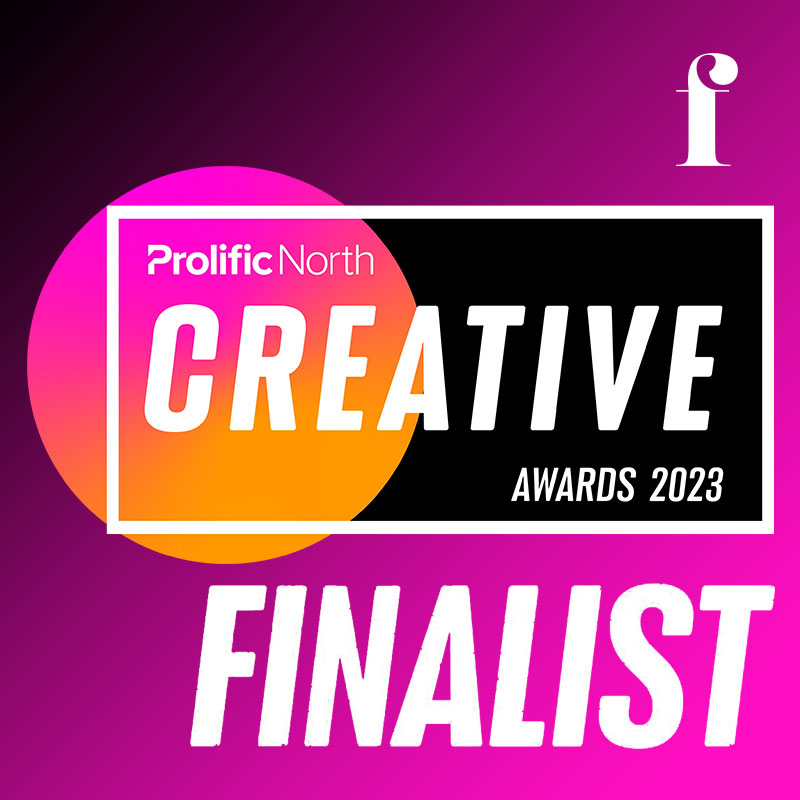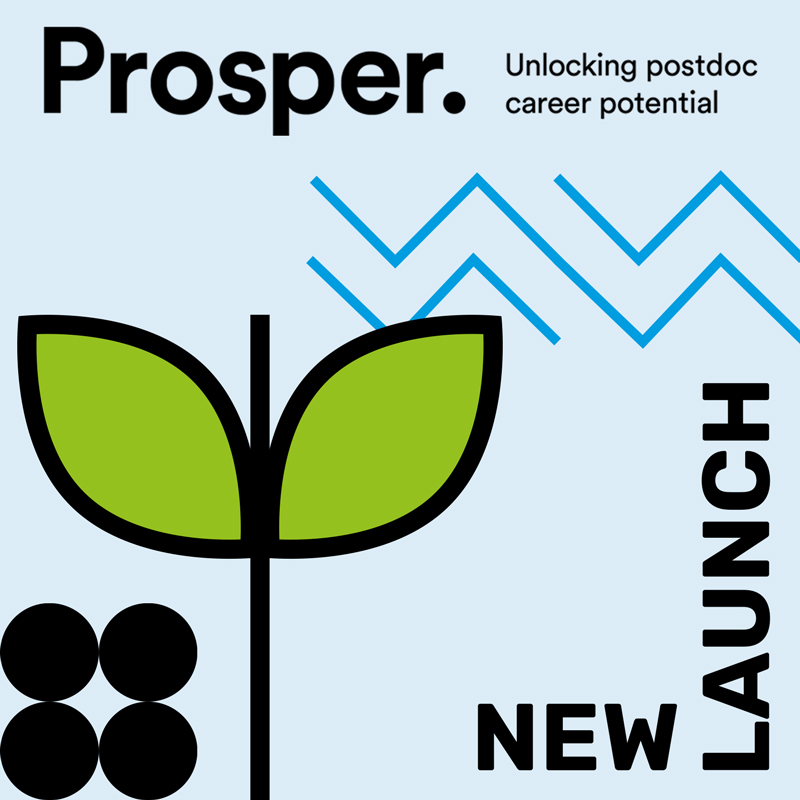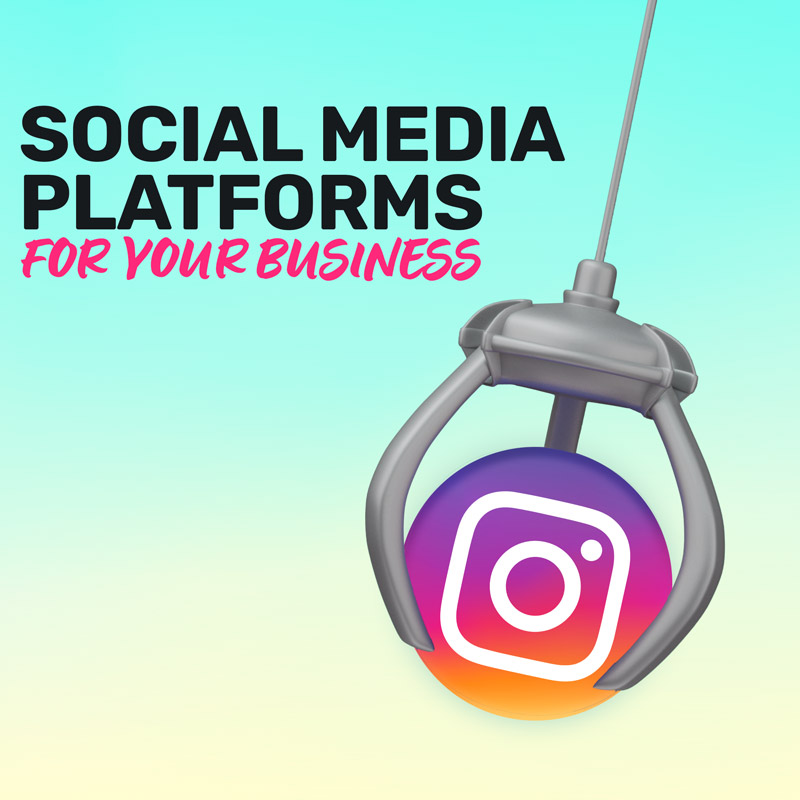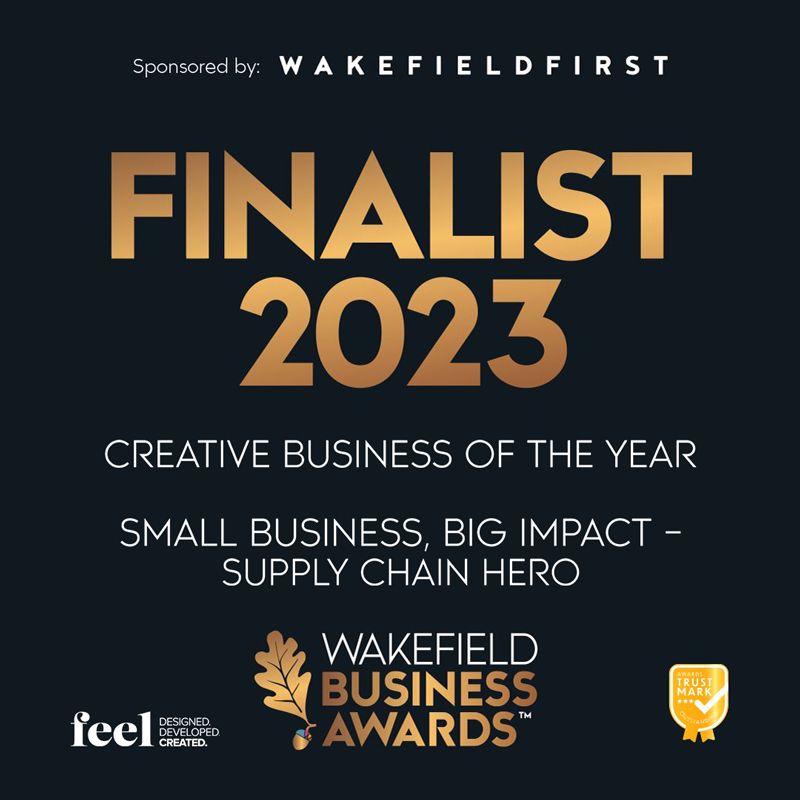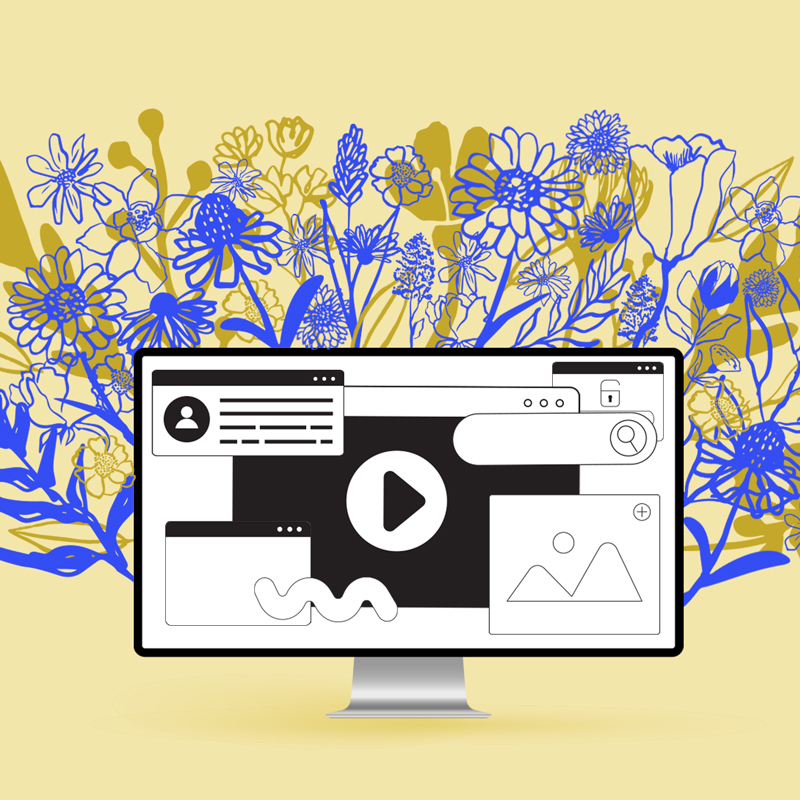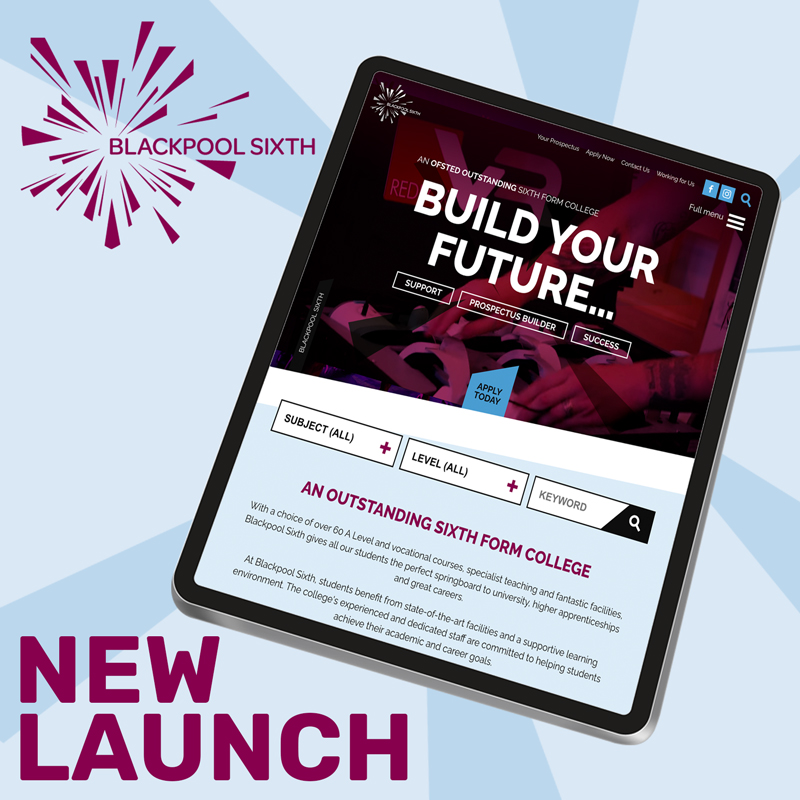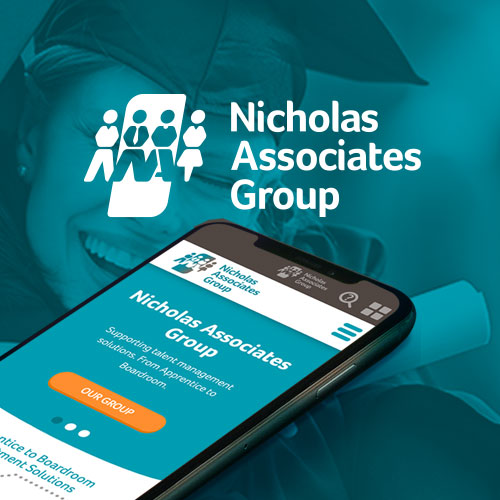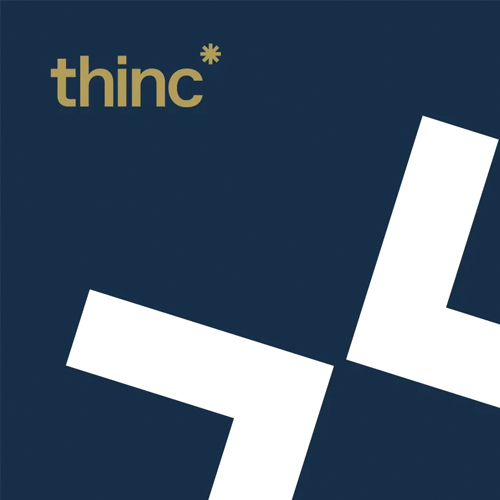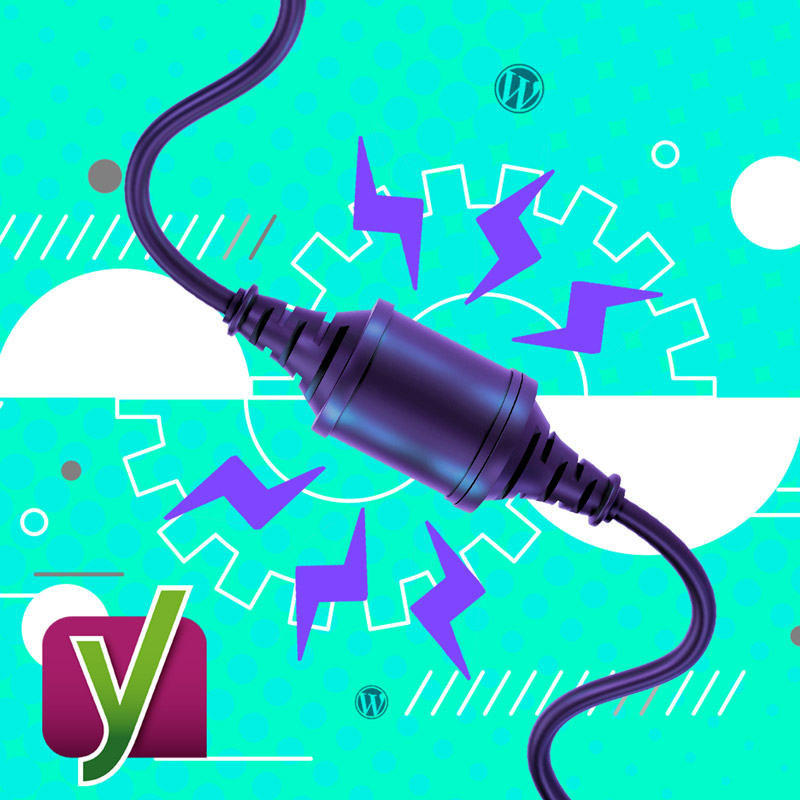2022 Marketing Trends
Creating a phygital experience
Various marketing trends are emerging for 2022, but one of the big questions for brands has to be how to bring these trends together to deliver an immersive brand experience for the consumer.
Due to the globally impactful pandemic, disruption to the way we consume physical and digital commerce has put more onus on a brand experience that translates the same message and values from store to website. It is increasingly essential then that the consumer experience is a holistic one. Whether browsing in-store or shopping online, today’s consumer expects up to the minute continuity in service to properly maintain brand trust.
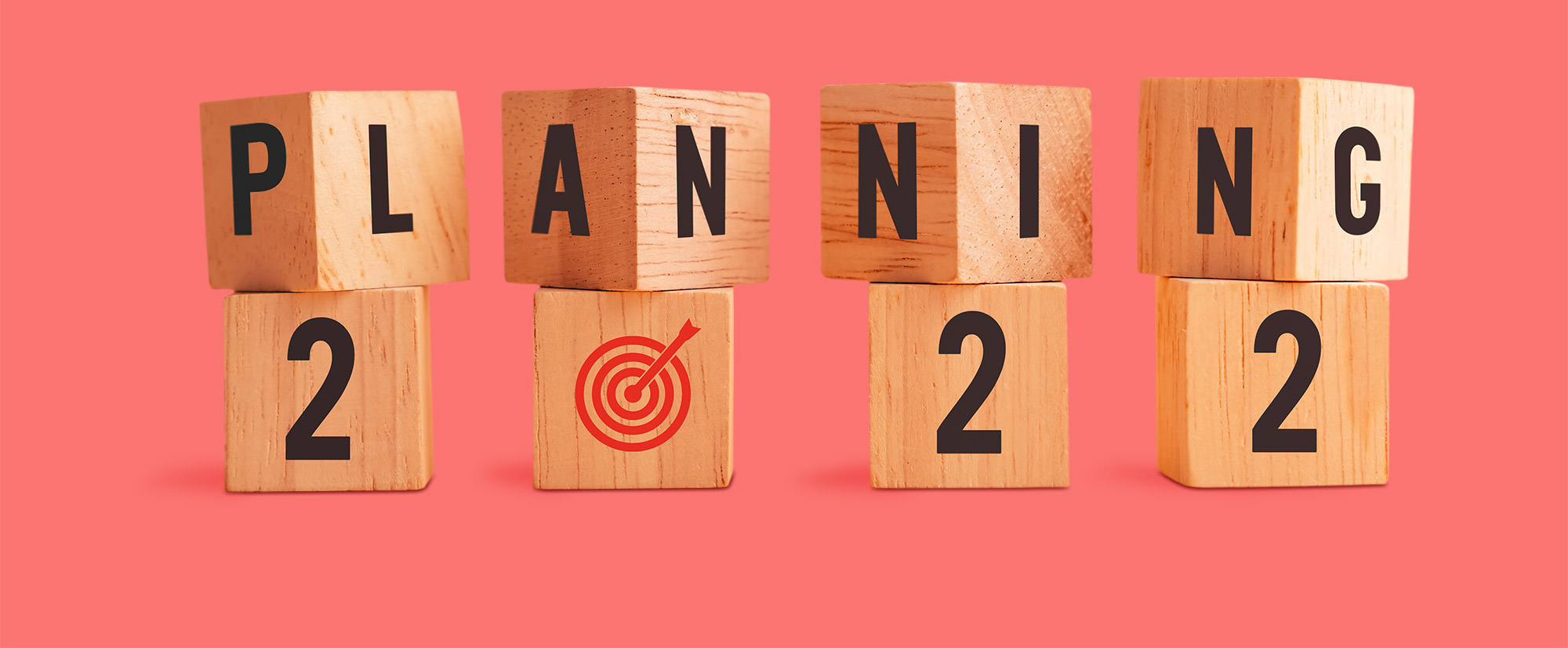
increase in e-commerce market share over the last two years
As growth in e-commerce continues to accelerate, with a 45.8 per cent increase in e-commerce market share over the last two years (2019-2021), the synergy between physical and digital real-estate is key to capitalising on 2022 marketing trends. With this in mind, here are three measures brands can take to get the most out of next year's marketing budget in line with web development.

Adapt your marketing strategy
Phygital first marketing strategy
Digital marketing contains many complex elements. Rather than looking at each function in silo, in 2022, start with a content marketing strategy that brings in the best physical and digital features to create an overall 'phygital' experience. Shoppers today want to browse in-store, buy online and return to either in one seamless experience. They expect real-time information on what's in-stock online or in their local store, whether that store is open and if collection or delivery is the quicker option. 75 per cent of consumers expect a consistent experience across every channel they choose to engage with, and 82 per cent expect an immediate response to sales or marketing questions. Therefore, it makes sense to develop a joined-up phytigal experience from store to website to social channels.
Mobile-first optimisation
Responsive web design is nothing new. But a projected 53.96 million smartphone users in the UK by 2022 has left 84% of marketers that focus on mobile web design planning to continue to invest the same amount or more in 2022. Brands that focus on mobile-first website design are better placed to capitalise on millennial and Gen Z buying power. A note of caution. With more of us working from home than ever before, it’s crucial to factor desktop and tablet browsing into the equation to maintain a consistent experience throughout. For example, if your customer likes to browse your products or services on mobile but make their final purchase on desktop, they will expect the same commerce functionality throughout.
Inspire
Experiential marketing
Immersive experiences throughout
Experiential marketing, which enables audiences to step into an immersive experience, was taking shape in 2018, only to be derailed by COVID. Some brands, such as Charlotte Tilbury, took this online back in 2020 with a three dimensional ‘virtual beauty gifting wonderland’. Shop with Friends is a November 2021 addition that enables consumers to shop the store with groups of friends via audio and video. Tilbury herself describes the three-dimensional virtual beauty gifting wonderland as ‘being at the centre of the Charlotte Tilbury metaverse’. At the same time, fellow beauty maven, Lisa Eldridge, launched a physical pop-up store and studio in London. Beauty brands are often at the forefront of creating immersive experiences. But any brand that can capture the imagination of consumers in 2022 through a well-designed, seamless experience is sure to put itself in front.

